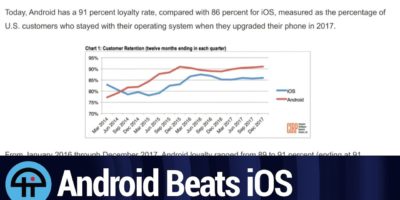Unlocking the Potential of A/B Testing for Optimal Online Performance
In the fast-paced digital landscape, businesses are constantly on the lookout for strategies to enhance their online presence and drive measurable results.
Among the plethora of tools and techniques available, A/B testing has emerged as a paramount strategy for optimizing website performance, user engagement, and conversion rates. As we delve into 2023, the importance of A/B testing remains more pronounced than ever, offering businesses a data-driven approach to refining their digital strategies.
Understanding A/B Testing
A/B testing, also known as split testing, is a method of comparing two versions of a webpage or app against each other to determine which one performs better. By splitting traffic between the two versions, businesses can see which version leads to more conversions, enabling them to make informed decisions based on empirical data rather than assumptions.
Why A/B Testing Matters in 2023
1. Enhanced User Experience: In an era where user experience (UX) is a key differentiator, A/B testing allows businesses to tweak website elements such as headlines, images, and call-to-action buttons to see what resonates best with their audience. By continuously testing and refining these elements, businesses can create a seamless UX that keeps users engaged and reduces bounce rates.
2. Increased Conversion Rates: One of the primary goals of any online business is to maximize conversions. Whether it’s signing up for a newsletter, making a purchase, or downloading an eBook, A/B testing helps identify the most effective strategies for achieving these goals.
By testing different variables, businesses can uncover the best combinations that lead to higher conversion rates.
3. Data-Driven Decision Making: In 2023, making decisions based solely on intuition is no longer sufficient. A/B testing provides a scientific approach to decision-making, ensuring that changes to a website or app are backed by data. This minimizes the risk of implementing changes that might negatively impact performance and helps allocate resources more efficiently.
4. Adaptation to Market Changes: The digital market is constantly evolving, with consumer preferences and behaviors shifting rapidly. A/B testing provides the agility needed to adapt to these changes. By regularly testing different hypotheses, businesses can stay ahead of trends and adjust their strategies to meet the evolving needs of their audience.
Implementing A/B Testing Successfully
To harness the full potential of A/B testing, businesses should follow a structured approach:
– Define Clear Objectives: Before starting any test, it’s crucial to establish what you hope to achieve, whether it’s improving click-through rates, reducing cart abandonment, or increasing sign-ups.
– Hypothesize and Prioritize: Develop hypotheses for what changes might lead to improvements and prioritize them based on potential impact and ease of implementation.
– Test Iteratively: Conduct tests iteratively, focusing on one variable at a time to isolate its impact. This ensures that results are clear and actionable.
– Analyze and Act: Once the tests are complete, analyze the data thoroughly.
Implement the changes that show statistically significant improvements and discard those that don’t.
In conclusion, A/B testing remains an indispensable tool for businesses aiming to optimize their digital strategies in 2023.
By enhancing user experience, boosting conversion rates, enabling data-driven decision-making, and adapting to market changes, A/B testing provides a robust framework for achieving sustainable online success.





